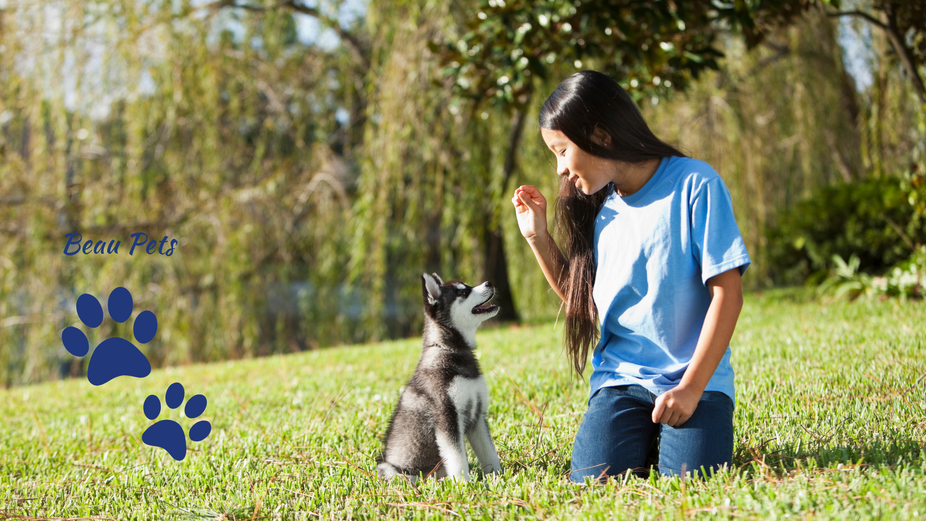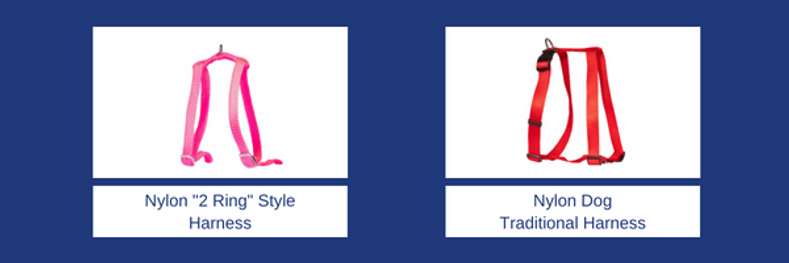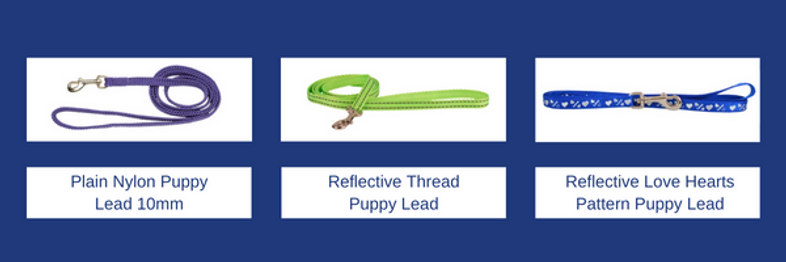Back to School for Puppies
I am not a dog trainer so this is from a fur mum’s point of view. I have had five dogs over the last 30 years and spent years enjoying the high and sometimes lows of training.
So, if you recently added a new fur kid to the family, now is time to think about their schooling.
Find a good puppy school near you, at a time that fits in with your schedule-the easier it is the more likely you will be able to keep the 5 or 6 week commitment.
Find out what you need to bring, usually it’s a mat, a toy, some high value treats, being organised will be one less thing to stress about.
Make sure your puppy is secured in a well fitted collar or harness and an appropriate length lead. It is best to be about 120cm, giving your pup some room but you do not have to keep reeling them in if the lead is too long.
A good puppy school will include socialising with people and puppies in a safe controlled environment. It will cover instruction on starting to teach your pup sit, come when called and settling on a mat. Instruction on physical handling, grooming and dealing with behaviours such as jumping and how to deal with mouthing.
Be your pup’s advocate, speak up if you are unsure about anything that is said, or any behaviours’ your pup may have that you need help with. Remember, the only silly question is the one not asked, it is a learning curve for both owners and pups.
Don’t compare your pup to others, each pup is an individual, just like kids, they all learn at different rates. It helps to understand what your breed was bred for as this can determine how they learn, for example retrievers learn differently than working breeds. If you have a crossbreed and know it’s mix, read up on the breeds.
And please, remember that your puppy is growing just like your children. All pups deserve to go onto further training to help them become best citizens, as they grow and change it is best to have a trainer who can guide through. I mean, you wouldn’t send your children to kindergarten and not onto primary and secondary schools, would you?
Most of all, have fun, relax, and enjoy watching your pup’s journey!
Some ideas on equipment:
Collars – a lightweight collar that fits well, not too tight but not able to slide over the head. Remember to keep checking the fit as your pup will grow quickly.
Harness – regardless of which type you choose, it must be fitted firmly around the body, an ill fitted harness will rotate around the body, not only making it uncomfortable but you risk your pup escaping it.
Lead – a lightweight lead with a smaller snap hook that doesn’t weigh your pup down. As mentioned, 120cm is adequate. A longline or training lead of 3 metres can be great for teaching recalls, at the beach or on treks but is too long for use in the street.
Treat Bag – choose one that is easy to get your hand in and out quickly, the treat should be delivered as soon as the wanted behaviour is achieved not minutes later.




